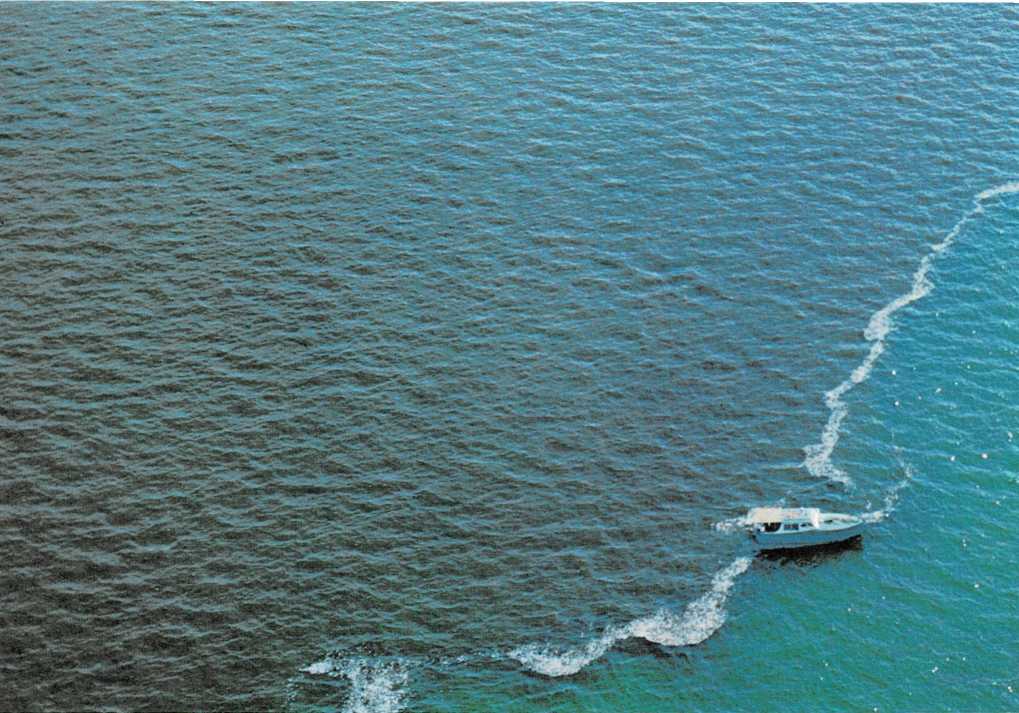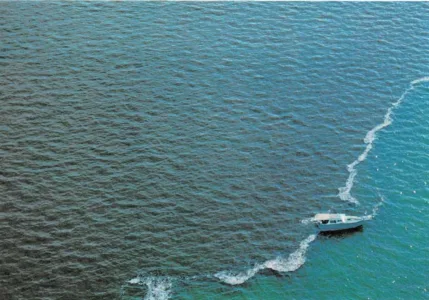The colors of the sea
A glass of water has no color. But the water of the sea looks blue in
some places and green in others. And in some places it looks brownish,
or reddish, or even yellow. Where does the sea get its color?
The sea gets its blue color from sunlight. Sunlight is a mixture of all
colors—red, blue, yellow, and so on. When sunlight falls upon the
huge, deep mass of water in the sea, most of the colors are absorbed, or
\”soaked up.” But the color blue is absorbed least of all. Most of the
blue light is scattered through the water. So, the sea looks blue.
Where the sea looks green, it is usually because the water is filled
with bits of clay

The sea’s usual color is blue, but seawater can be any one of a number
of colors. This picture shows red water meeting an area of blue-green
water. The red color is caused by billions of tiny creatures in the
water.
and other material. This has a yellowish- brown color, and when that
color is mixed with the blue of the water, it makes the water
green—just as when you mix blue and yellow paint together. And
sometimes seawater is green because it is filled with great masses of
tiny, greenish-yellow plants.
A reddish color is caused by a very thick, sort of \”soupy” mix of tiny
plants and animals and chemicals. It is usually found only near coasts.
A yellowish color, such as that of the famous Yellow Sea off the coast
of China, is caused by tons of tiny bits of yellowish dirt dumped into
the sea by rivers.
Clouds passing across the sun can change the color of the sea. And so
can the slant of the sun’s rays as the sun moves across the sky.

